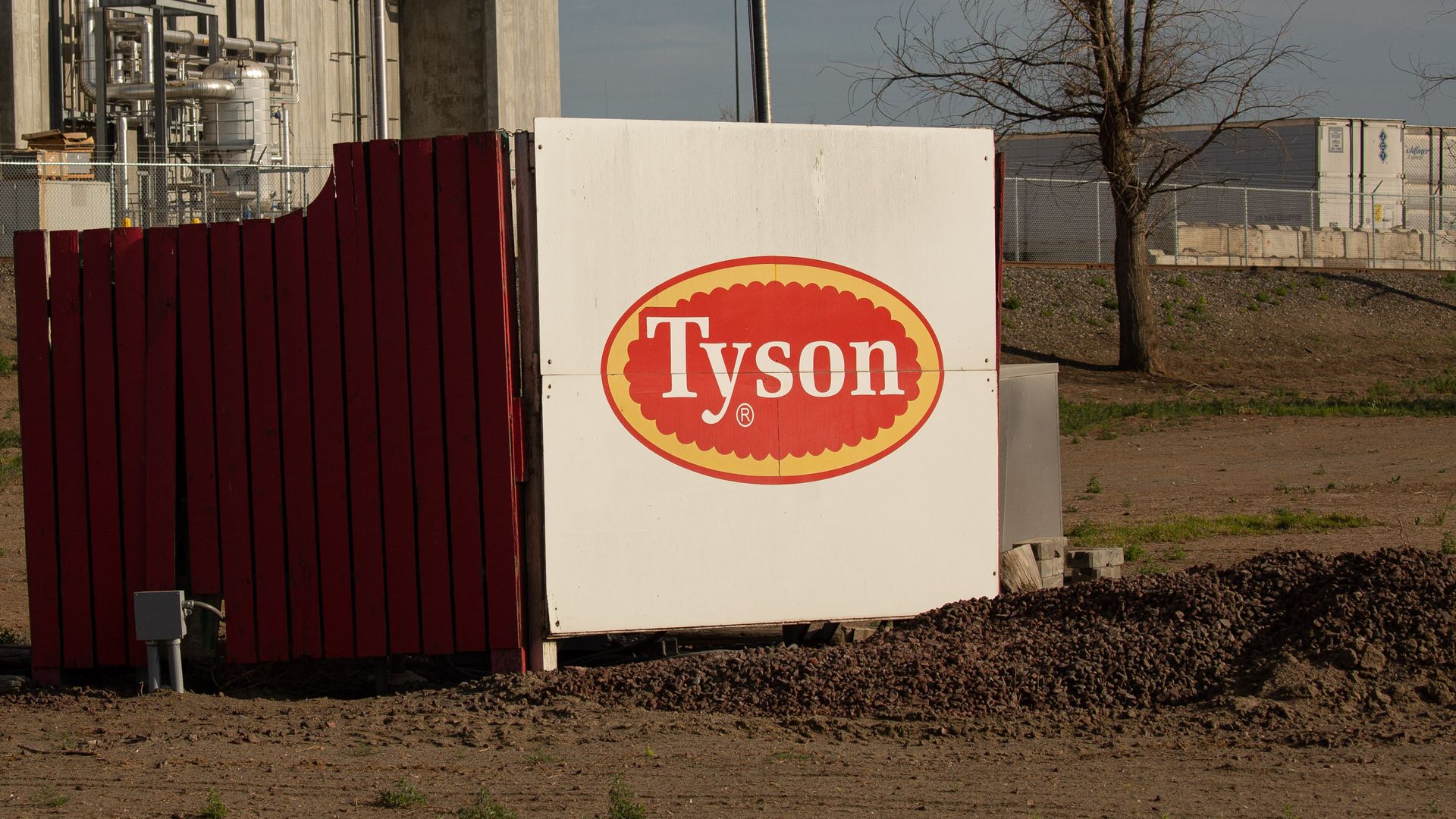
[JACK AYLMER]
TYSON FOODS, THE NATION’S SECOND LARGEST MEAT PRODUCER, DUMPED MILLIONS OF POUNDS OF TOXIC CHEMICALS INTO AMERICAN WATERWAYS OVER THE LAST FIVE YEARS.
THAT’S ACCORDING TO A REPORT RELEASED TUESDAY BY THE UNION OF CONCERNED SCIENTISTS.
RESEARCHERS SAY TYSON FLUSHED 371 MILLION POUNDS OF POLLUTANTS INTO WATERWAYS FROM 20-18-TO-20-22.
THESE INCLUDE NITROGEN, PHOSPHORUS, CHLORIDE, OIL AND CYANIDE.
MAKING WATERWAYS UNSAFE, ENDANGERING WILDLIFE AND CREATING HEALTH RISKS FOR PEOPLE RANGING FROM RESPIRATORY ISSUES TO NEUROLOGICAL DAMAGE AND CANCER.
THE STUDY SAID TYSON DUMPED THE POLLUTANTS WITH 87 BILLION GALLONS OF WASTEWATER — WHICH ALSO INCLUDED BLOOD, BACTERIA AND ANIMAL FECES — INTO AMERICAN LAKES AND RIVERS. DIRECTLY IMPACTING SOURCES OF DRINKING WATER AND RECREATIONAL LAKES.
TYSON’S POLLUTION FROM 41 SLAUGHTERHOUSES AND PLANTS WAS SPREAD ACROSS 17 STATES WITH NEARLY HALF THE POLLUTANTS RELEASED IN NEBRASKA, ILLINOIS AND MISSOURI.
A SEPARATE ANALYSIS IN 2016 REVEALED TYSON FOODS IS RESPONSIBLE FOR DUMPING MORE POLLUTANTS BY VOLUME INTO U-S WATERS THAN COMPANIES LIKE EXXON AND DOW CHEMICAL.
HOW WAS TYSON IS ABLE TO DO THIS?
MANY MEAT-PROCESSING FACILITIES ARE EXEMPT FROM CERTAIN WATER POLLUTION REGULATIONS.
MEAT-PROCESSING PLANTS ARE TYPICALLY REQUIRED TO OBTAIN PERMITS THAT SPECIFY THE LIMITS AND CONDITIONS FOR THEIR WASTEWATER DISCHARGES. THE E-P-A OVERSEES THE ENFORCEMENT AND WORKS WITH STATE ENVIRONMENTAL AGENCIES TO ENSURE COMPLIANCE. BUT THE E-P-A ADMITS IT DOESN’T HAVE ENOUGH RESOURCES TO MONITOR *EVERY* ACT OF POLLUTION BY MEAT PROCESSING PLANTS.
AND WHEN VIOLATIONS DO OCCUR, COMPANIES ARE OFTEN ABLE TO SETTLE LEGAL CHALLENGES AND MAKE MINIMAL CHANGES TO THEIR OPERATIONS.THE E-P-A NOW SAYS IT IS WEIGHING NEW REGULATIONS.
TYSON HAS YET TO RESPOND TO THE REPORT.
THE NORTH AMERICAN MEAT INSTITUTE, WHICH REPRESENTS LARGE MEAT PROCESSORS LIKE TYSON, SAID MEAT AND POULTRY COMPANIES SPEND SIGNIFICANT RESOURCES TO COMPLY WITH THE E-P-A’S WASTEWATER DISCHARGE LIMITATIONS GUIDELINES.
THE ORGANIZATION ARGUED MORE REGULATIONS COULD MEAN ONE-BILLION DOLLARS IN ADDED COSTS–AND POTENTIAL LAYOFFS.
TO KEEP UP WITH THIS STORY AND MORE DOWNLOAD OUR STRAIGHT ARROW NEWS APP.








